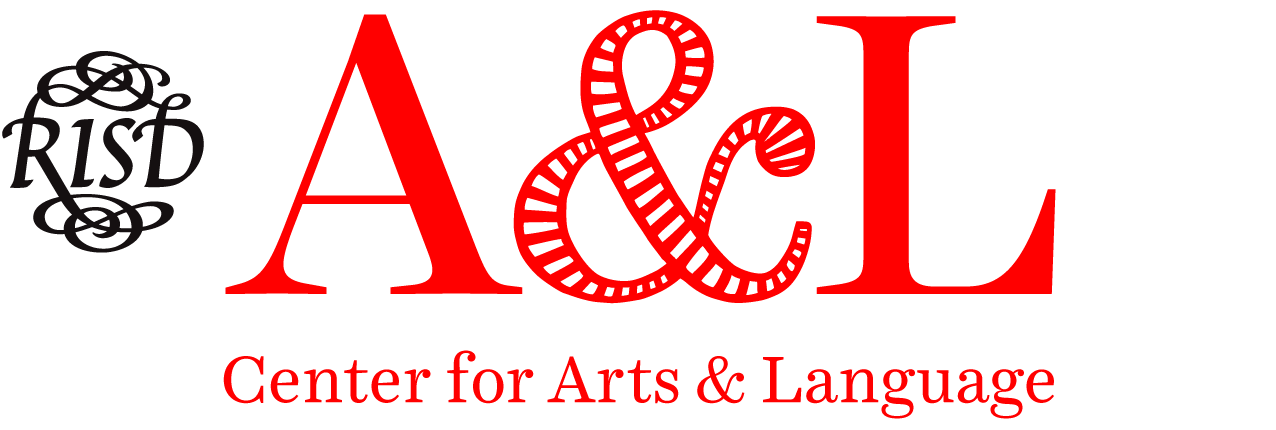Tips and Process for Peer Review
Tips for Productive Peer Reviewing
Have confidence in your feedback. You are an informed yet outside reader, so you bring a valuable audience perspective to the text. If you have a question, chances are that any reader would have the same question.
Respect the writer’s authority. It’s not your responsibility to make changes and edits, but to point out where the writing is unclear. Leave room for the author to make their own decisions: use comments and suggestion mode in a Google Doc or put sticky notes on a paper draft.
Start with questions. The most valuable feedback prompts the author to think about their intentions and make their own choices. Whether you’re responding to an unclear sentence, an unconvincing example, or a confusing word choice, phrase your comment in the form of a question.
Stay focused on the author’s priorities. Try to keep most of your feedback on track with their
biggest concerns and direct requests (as discussed before you begin). If you notice something else that could make a big difference, add just one note about it and offer to talk when they’re ready.Share resources. If you know of a person, a book, a website, or a tool that could help the author with something they’re struggling with, tell them about it—both how it could help and where to find it.
Include positive feedback! We sometimes forget that reading critically means noticing both what isn’t and what is working well in a text. Leave a positive comment when you read something particularly successful, or make a note at the top of the draft naming a few things the writer has done well already. Keep it specific and genuine.
Peer Reviewing, Step by Step
1. Before you begin, agree on how much time you will spend with the writing, so your investment is equitable. Make sure you understand each other’s audience and purpose. If there is an assignment sheet or rubric, share that too. Explain where you are in your writing process and point your reader to what you’d most like feedback on. You might choose two or three of the examples below; adjust them or come up with your own questions based on the assignment prompt.
-
Can you identify the main point or thesis? Is it specific, arguable, narrow, defensible, original, and significant?
Is the main point well explained and/or defended throughout the text? Are examples convincing and sources used effectively?
Are examples/works/projects described clearly enough so that you can picture them? Does the author interpret their meaning?
Are new terms clearly defined?
Does any of the content seem tangential or work against the writer’s purpose?
Is documentation thorough and correctly formatted?
-
Is the introduction clear and compelling? Does it convey the relevance of the author’s work and ideas in an engaging way?
How is the text constructed/organized? Is the structure appropriate to the purpose? Is it logical, non-repetitive, functional?
Are there clear transitions between chapters, sections, and/or paragraphs? Do you understand why one topic follows another? Is there any information that would be more helpful earlier in the text?
Do ideas progress clearly and logically from one sentence to the next? Are paragraphs focused, each illuminating a new idea?
How does the paper conclude? Does the conclusion leave you wanting more (in either positive or negative ways), speculating, convinced, satisfied, intrigued?
-
What is the general tone or voice of the paper (scholarly, accessible, personal, objective)? Is it appropriate for the audience and purpose of the text?
How do the sentences flow? Do the sentence lengths vary? Does it sound natural, like someone speaking? Are there any sentences that were too long to follow? Are there any sentences that were especially effective or beautiful?
Are there multiple languages used in the text? What is the effect for a reader who speaks those languages? What is the effect for a reader who only speaks one of those languages?
Does the vocabulary used fit the topic and the audience/purpose?
Do you notice spelling, syntax, verb tense, punctuation, or other errors? Are there any unclear sentences? (Don’t feel obligated to proofread; just make note of your observations.)
4. Document your feedback clearly and concisely. Use comments in a Google Doc, sticky notes on a paper draft, or write up your comments on a separate page.
5. When you’re done, share your notes and have a conversation about them. Offer each other clarification for any unclear comments, and even talk through possible changes together.
